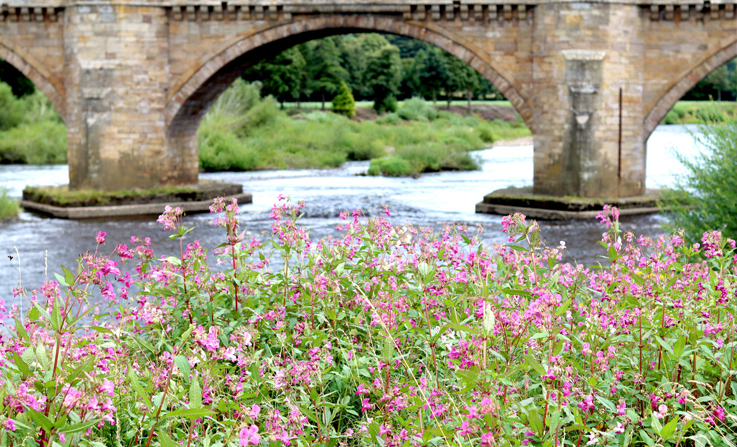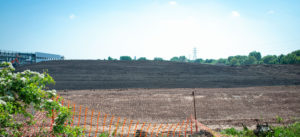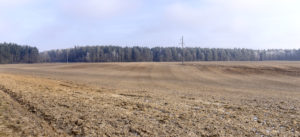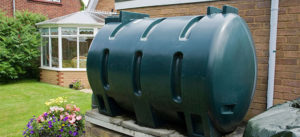Himalayan balsam sounds dreamy – but it’s a nightmare that stifles its local environment. And the worrying thing is it is spreading quickly across the UK and Ireland.
Over the past 100 years, the problem plant has taken over swathes of river banks.
Its impact on land in the north of England alone saw its coverage more than double in a 30-year period. And it is currently spreading at the rate of 645 square kilometres a year in the UK.
These statistics and the plant’s devastating environmental effects were discussed at a recent Institute of Ecology and Environmental Management Conference.
Sheffield Hallam University’s Professor Ian Rotherham referred to a comment from the University of York’s James Perrins when discussing the plant. Perrin, he explained, had reported, “Our riverbanks have become balsam highways.”
The pretty flowers of Himalayan balsam might make you think that it’s harmless. But it is an enemy of native plants, pollinators and biodiversity. British botanist and former Royal Botanical Gardens’ director Sir Jospeh Dalton Hooker pulled no punches about the plant.
He said that it was ‘a terror to botanists, deceitful above all plants and desperately wicked’.
But what is the problem with Himalayan balsam; why does it need controlling and how can we do that? Let’s take a closer look…
What is Himalayan balsam
Classed as the tallest annual plant in the UK, Himalayan balsam grows between two and three metres. The weed spreads rapidly in the countryside, particularly along watercourses, including canals and riverbanks.
Known to botanists as impatiens glandulifera, the plant typically produces between 800 to 2,500 seeds. This makes it difficult to control. The seeds can shoot up to seven metres into the air and its seedpods burst if touched.
It was brought to Britain in the 19th century from Western Himalaya and was marketed as a substitute for orchids. Because those seeds spread so widely, it quickly overtook gardens and is a threat to native plants and environments. Himalayan balsam is classed as an invasive plant in most parts of the world.
In the UK, the plant is mainly found in England, Northern Ireland and Wales. There are also pockets of the plant growing in Scotland and the Republic of Ireland.
How it grows
Himalayan balsam prefers moist soil but grows anywhere. After lying dormant in winter, it starts germinating in spring. This forms dense ground-covering growth. From June to October the plant flowers and is pollinated by bumblebees. Its seeds are set from August and can remain viable for up to two years.
Why is Himalayan balsam so bad?
It may look like a pretty and harmless plant, but Himalayan balsam damages local areas, the ecosystem and the standard of biodiversity.
The plant can strip riverbanks of vegetation and also creates problems for the banks themselves. That’s because it stabilises riverbanks in summer but the gaps that remain in the earth when it dies back creates issues.
Also, there is an increased risk of flooding in the affected area as it can block water flow.
Another issue is that its seeds spread by both wind and water, making it easy to colonise areas further downstream. The plant also competes for light, nutrients and space of native plant species and habitats.
Legal issues
Himalayan balsam is listed as an invasive species in schedule 9 of the Wildlife and Countryside Act 1981. That means it is an offence to plant Himalayan balsam or cause it to grow in the wild in any way.
If you discover the plant, it cannot be removed without an ecological consultant intervening. It will then be classed as controlled waste. Disposing of it incorrectly is viewed as a legal offence. You do not need to report sightings of the plant but you may want to report it to local authorities if you think it hasn’t been spotted in the area before.
What if I need to treat it?
If you think you have found Himalayan balsam, there are a range of methods to deal with it. Each depends on the area in which it is growing.
We can offer a site survey and you will be reimbursed for the survey should you choose our team of experts to deal with it.
For more information, contact us today.









